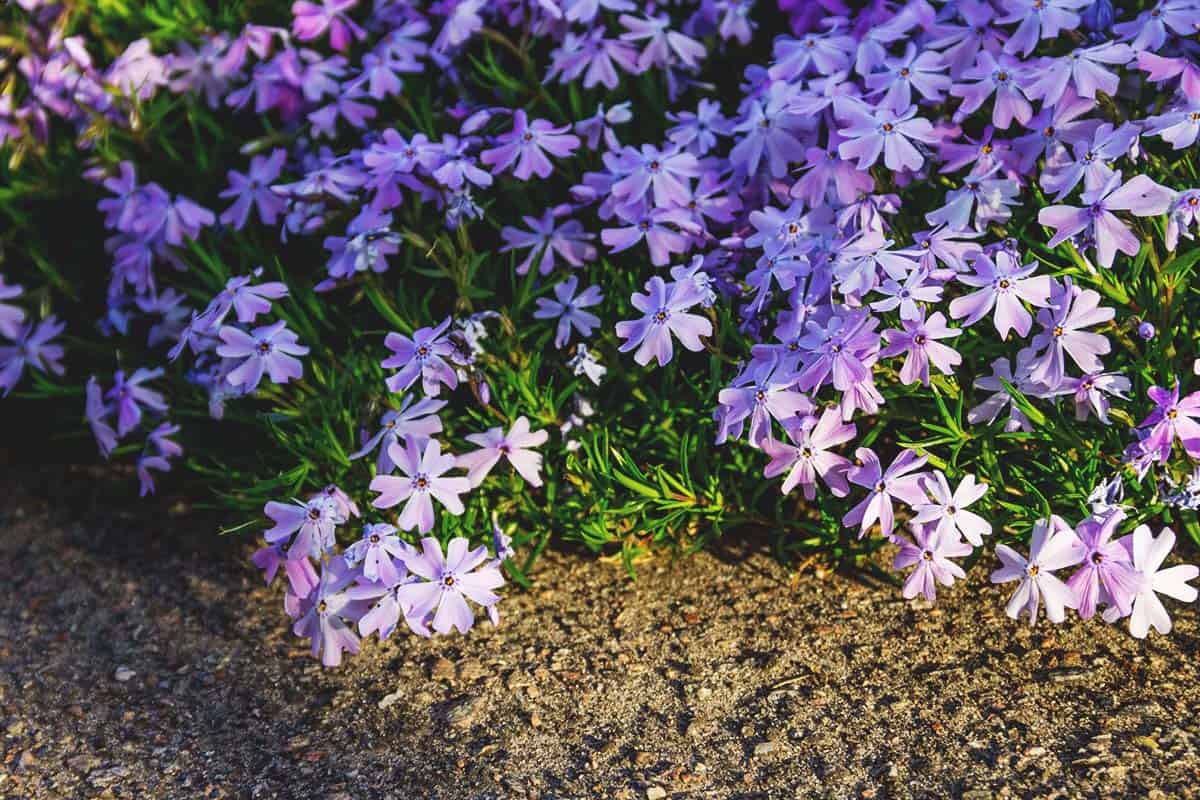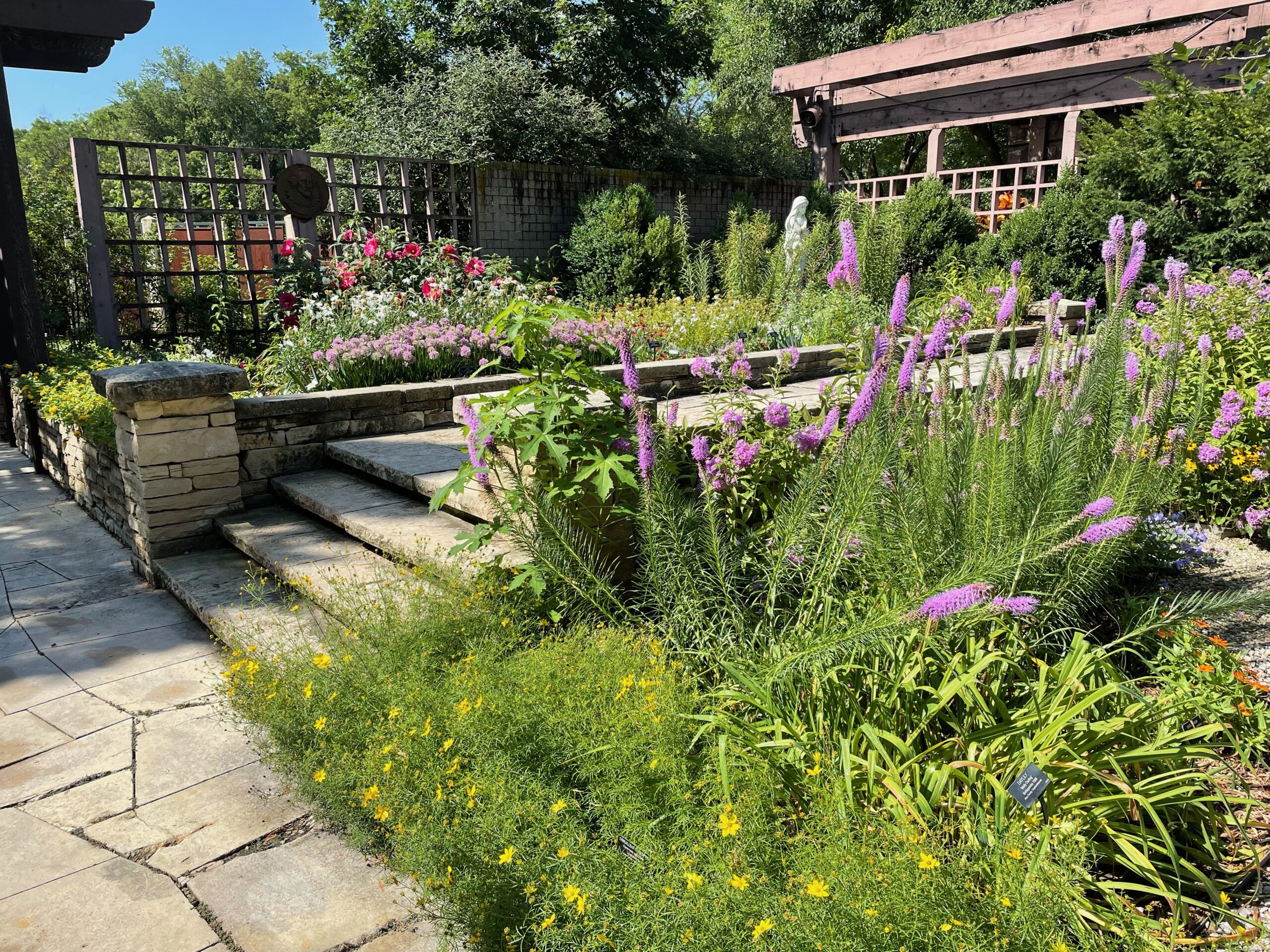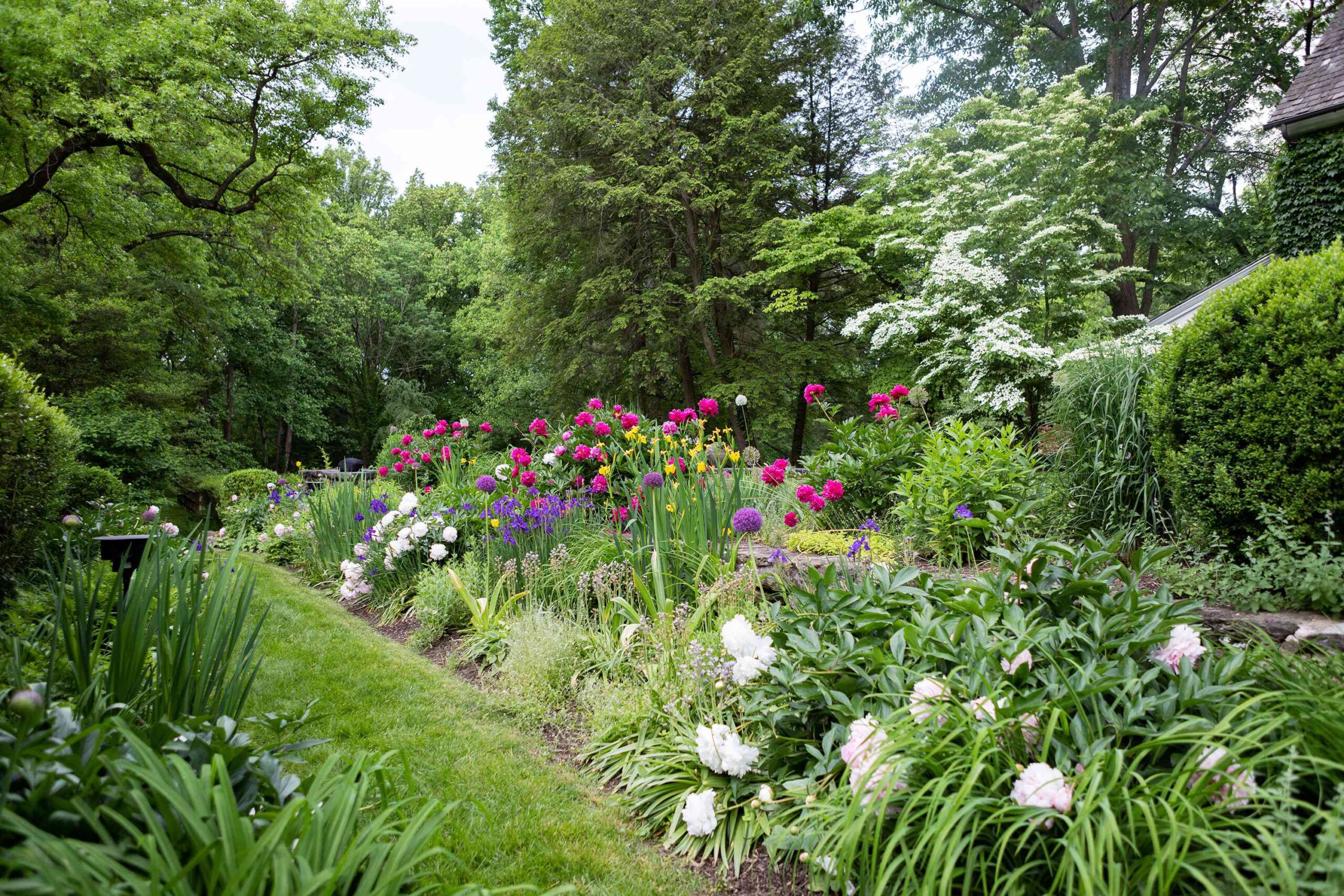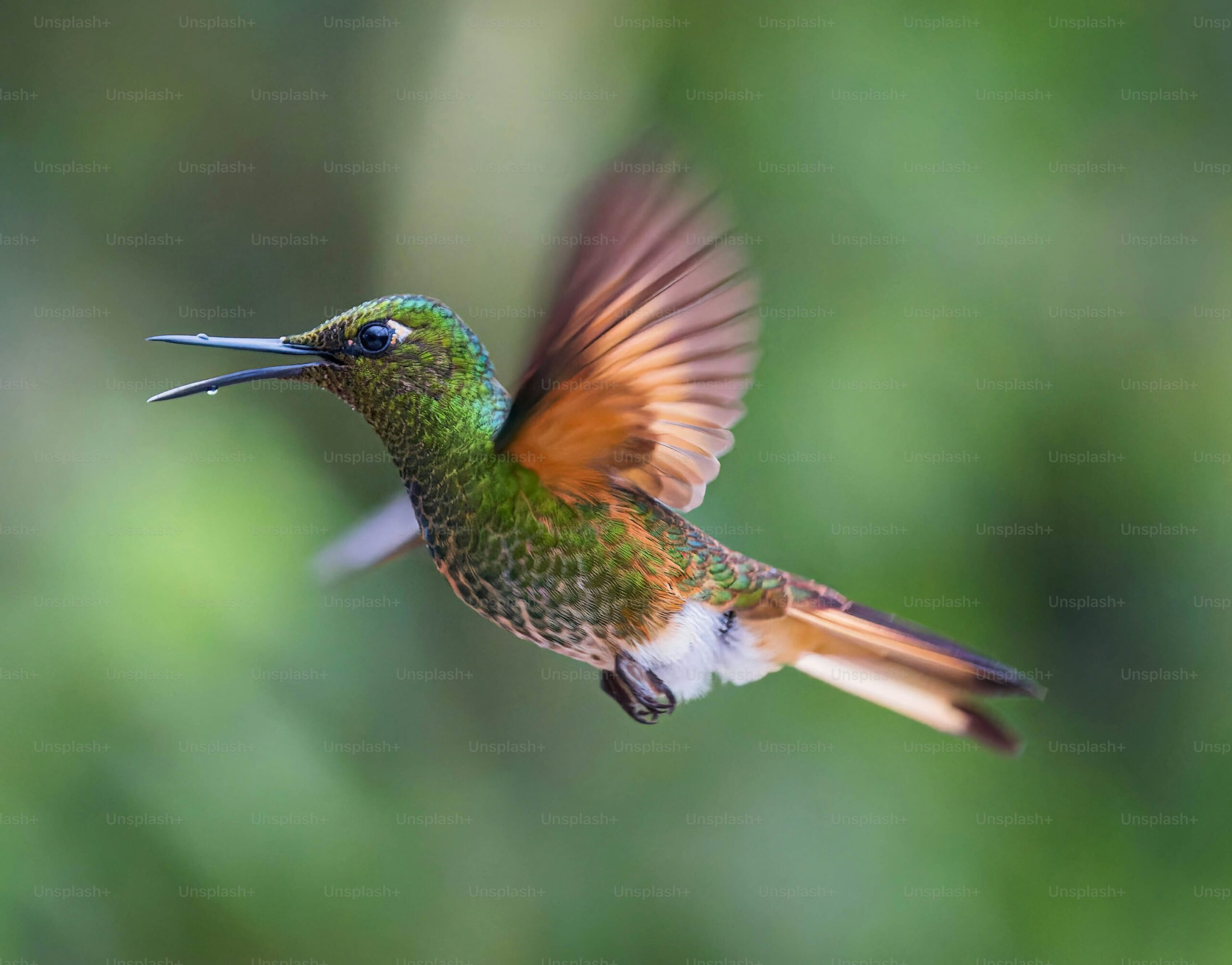Perennial Flowers for Hillsides to Prevent Soil Runoff
Hillsides are prone to soil erosion due to factors like gravity, water flow, and lack of vegetation cover. Planting perennial flowers on hillsides can help prevent soil runoff by stabilizing the soil with their root systems and reducing the impact of rainwater. Choosing the right perennial flowers for hillsides is crucial to ensure effective erosion control while adding beauty to the landscape. Here are some top choices of perennial flowers that thrive on hillsides and help prevent soil erosion.
1. Creeping Phlox
Creeping phlox, also known as Phlox subulata, is a low-growing perennial flower that forms dense mats of foliage and vibrant blooms. Its trailing habit makes it an excellent choice for hillsides as it spreads quickly to cover the soil and prevent erosion. Creeping phlox is drought-tolerant once established and produces flowers in shades of pink, purple, white, and blue, adding a pop of color to the landscape.

2. Black-Eyed Susan
Black-eyed Susan (Rudbeckia hirta) is a hardy perennial flower that thrives on hillsides with its tolerance to various soil conditions and full sun exposure. This native wildflower features golden-yellow petals with a dark center, attracting pollinators like bees and butterflies. Black-eyed Susan’s deep root system helps anchor the soil on hillsides, making it an ideal choice for erosion control in sunny locations.

3. Daylilies
Daylilies (Hemerocallis) are versatile perennial flowers that come in a wide range of colors and bloom shapes. These hardy plants are well-suited for hillsides due to their ability to spread and form dense clumps, reducing soil erosion. Daylilies thrive in full sun to partial shade and require minimal maintenance once established. Planting a mix of early, mid-season, and late-blooming daylilies can provide continuous color throughout the growing season.
:strip_icc()/rock-wall-garden-slope-bench-86409501-0a57183653df4a93b3bd3a473d91967e.jpg)
4. Sedum
Sedum, also known as stonecrop, is a drought-tolerant perennial flower that is ideal for hillsides with poor soil conditions. Its succulent leaves retain moisture, making it resilient to dry spells and suitable for erosion-prone areas. Sedum comes in various heights and flower colors, adding visual interest to slopes while helping to stabilize the soil. This low-maintenance plant is a great choice for gardeners looking to create a sustainable landscape on hillsides.
Planting a combination of these perennial flowers on hillsides can create a diverse and resilient ecosystem that not only prevents soil runoff but also enhances the beauty of the landscape. By selecting plants that are well-adapted to the site conditions and promoting biodiversity, gardeners can establish a sustainable garden that thrives while protecting the environment.

Conclusion
In conclusion, choosing the right perennial flowers for hillsides is essential for preventing soil erosion and maintaining a healthy ecosystem. Creeping phlox, black-eyed Susan, daylilies, and sedum are just a few examples of plants that can help stabilize soil on slopes and hillsides. By incorporating these resilient flowers into your landscape design, you can create a beautiful and sustainable garden that not only adds aesthetic value but also contributes to environmental conservation. Remember to consider the site conditions, sunlight exposure, and maintenance requirements when selecting perennial flowers for hillsides to ensure long-term success in erosion control and soil stability.



